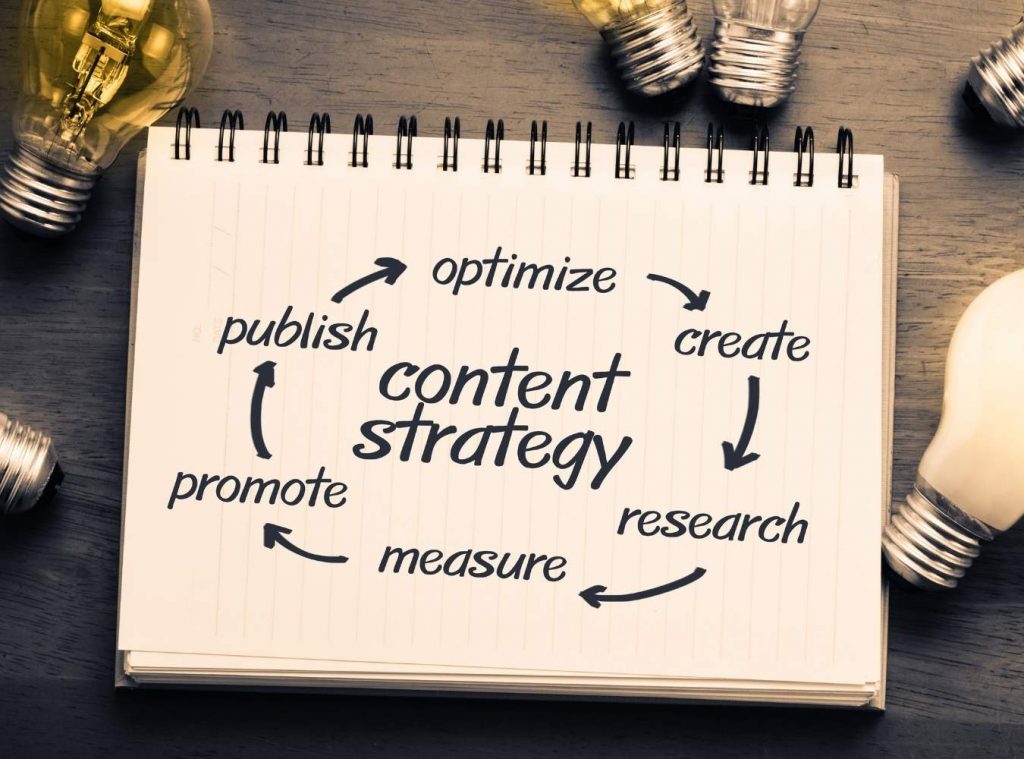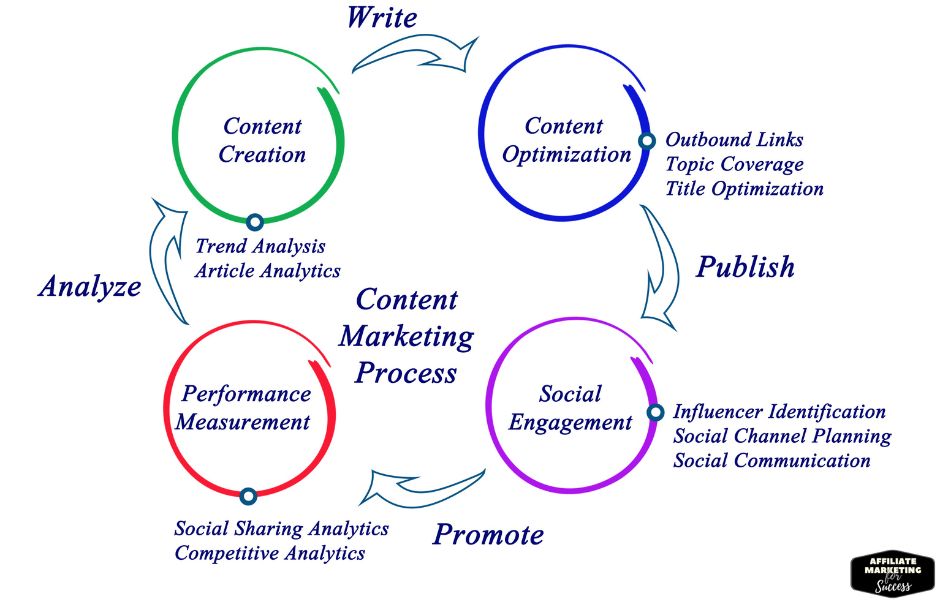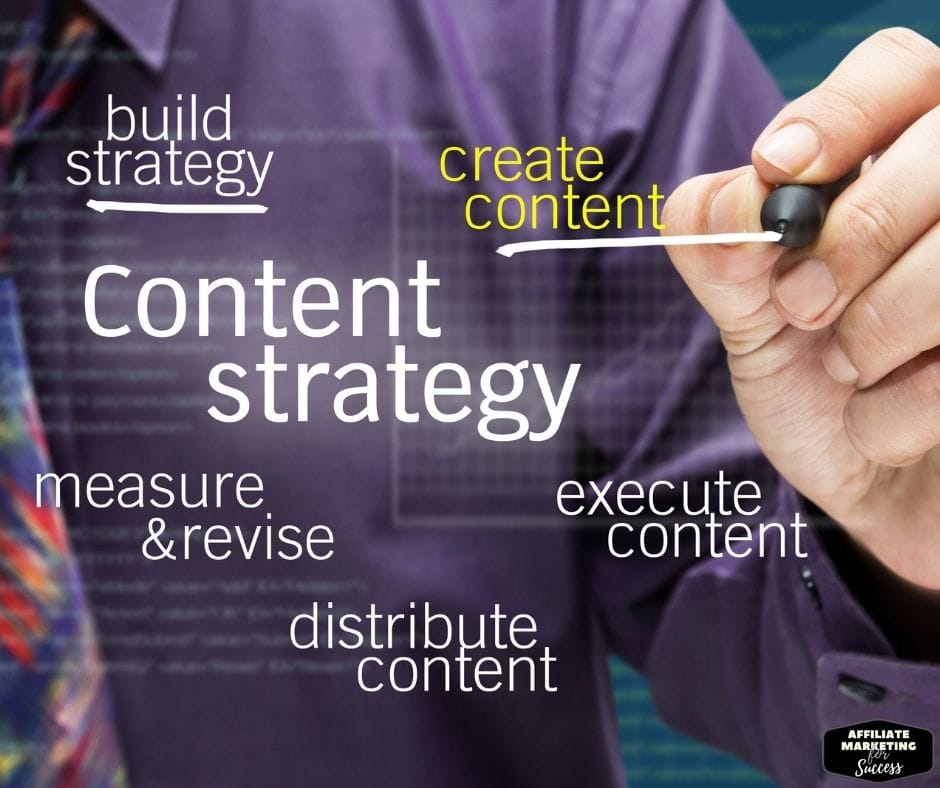Content Marketing Strategy: 9 Steps to Educate & Convert
Hey there! Let’s chat about how you can use content marketing to not only educate your audience but also convert them into loyal customers.
In the ever-evolving world of digital marketing, standing out can be a real challenge. Traditional marketing methods just don’t cut it anymore. So, how can you reach your potential customers in a way that’s both effective and engaging? The answer lies in content marketing.
Why Content Marketing is Important

First things first, let’s talk about why content marketing is important for your business.
- Builds Trust and Authority: By providing valuable content that addresses your audience’s needs, you position yourself as an expert in your field. This not only builds trust but also fosters brand loyalty.
- Boosts Brand Awareness: Consistent content creation increases your visibility. Whether it’s through social media, your website, or email marketing, the more quality content you produce, the more people will notice you.
- Improves SEO: High-quality, relevant content improves your ranking on search engines. This means more eyes on your business without spending a fortune on Google Ads.
- Enhance Customer Engagement: Engaging and interactive content keeps your audience interested and encourages them to interact with your brand.
Want to know more about creating compelling content? Check out our guide on Keys to Creating Successful Content on Your Blog.
Understanding Your Audience
Before you dive into creating content, you need to understand who you’re talking to.
Creating Buyer Personas
Developing detailed buyer personas helps you tailor your content to meet the specific needs and preferences of your audience.
- Demographics: Age, gender, location, job title.
- Challenges: What problems are they facing that your product or service can solve?
- Behaviors: What type of content formats do they prefer? Blogs, video content, podcasts?
By knowing your audience inside and out, you can create personalized content that truly resonates.
For tips on defining your niche, read How to Choose Your Niche.
Crafting an Effective Content Marketing Strategy

An effective content marketing strategy is your roadmap to success.
Set Clear Goals
What do you want to achieve with your content marketing efforts?
- Lead Generation: Attracting new potential customers.
- Lead Nurturing: Guiding leads through the sales funnel.
- Customer Retention: Keeping existing customers engaged.
For insights on creating a winning strategy, see Winning Content Strategy.
Choose the Right Content Types
Mix it up to keep things interesting!
- Blog Posts: Great for sharing in-depth knowledge.
- Videos: Perfect for demonstrations or storytelling.
- Infographics: Simplify complex information visually.
- Interactive Content: Quizzes, polls, and calculators engage your audience actively.
- User-Generated Content: Encourages engagement and builds community.
Learn how to create evergreen content with our post on Write Evergreen Content.
Develop a Content Calendar
Planning is key. A content calendar helps you stay consistent and ensures you’re covering all the right topics at the right times.
Creating Valuable and Engaging Content

Now comes the fun part—content creation!
Focus on Quality Over Quantity
It’s better to have a few pieces of high-quality content than a bunch of fluff.
- Educational Content: Teach your audience something new.
- Relevant Content: Make sure it’s pertinent to your audience’s interests and needs.
- Engaging Content: Use storytelling, anecdotes, and a conversational tone to keep readers hooked.
If you’re interested in storytelling, don’t miss How to Brand Storytelling.
Optimize for SEO
Make your content easy to find.
- Keywords: Naturally incorporate keywords like “how content marketing can be used to educate and convert customers” and “content marketing strategy”.
- Meta Descriptions: Write compelling summaries for search results.
- Internal and External Links: Link to other valuable resources.
Boost your SEO knowledge with our Beginners Guide for SEO.
Incorporate Calls to Action (CTAs)
Guide your readers to the next step.
- Clear CTAs: Use action-oriented language like “Download our free guide” or “Sign up for our newsletter”.
- Placement: Strategically place CTAs where they’re most likely to be seen.
- Design: Make them stand out with eye-catching web design elements.
Leveraging Social Media Platforms

Don’t underestimate the power of social media!
Choose the Right Platforms
Focus on where your audience hangs out.
- LinkedIn: Ideal for B2B content marketing.
- Instagram and Pinterest: Great for visual content.
- Facebook and Twitter: Good all-rounders for various content types.
For strategies on social signals, read How Social Signals and the Positioning of Your Blog Are Linked.
Social Media Marketing Strategies
- Consistency: Regular posts keep your audience engaged.
- Engagement: Respond to comments and messages promptly.
- User-Generated Content: Encourage followers to share their own content related to your brand.
Utilizing Email Marketing

Email marketing remains one of the most effective channels.
- Segment Your Audience: Tailor your messages to different subscriber groups.
- Personalized Content: Use the recipient’s name and customize content based on their preferences.
- Automation: Set up automated campaigns like welcome emails or abandoned cart reminders.
Learn how to succeed with email marketing by checking out How to Succeed in Email Marketing.
The Role of Inbound Marketing
Inbound marketing is all about attracting customers through valuable content and experiences.
- Attract: Use blog posts, SEO, and social media marketing to draw people in.
- Engage: Provide solutions and insights that align with their pain points.
- Delight: Offer support and foster long-term relationships.
Measuring Your Success
You can’t improve what you don’t measure.
Key Metrics to Track
- Content Marketing ROI: Are your content marketing efforts paying off?
- Engagement Rates: Likes, shares, comments.
- Conversion Rates: How many readers become customers?
- Website Traffic: Monitor increases in visitors from your content.
Tools to Use
- Google Analytics: For website data.
- Social Media Insights: Built-in analytics on platforms like Facebook and Instagram.
- Email Marketing Software: Track open rates and click-through rates.
For a deep dive into content strategies, see Long-Term Content Strategy.
Learning from the Experts
Don’t reinvent the wheel—learn from those who have mastered the craft.
- Content Marketing Institute: Offers a wealth of resources and research.
- Marketing Blogs and Podcasts: Stay updated on the latest trends.
Tips for a Successful Content Marketing Campaign

- Collaborate with Your Marketing Team: Align your content with overall business goals.
- Stay Authentic: Be genuine in your messaging.
- Adapt and Evolve: Be ready to tweak your content marketing strategy based on what works and what doesn’t.
Conclusion
So there you have it! By understanding how content marketing can be used to educate and convert customers, you’re well on your way to creating a successful content marketing strategy. Remember, it’s all about providing valuable, relevant content that meets your audience’s needs and guides them through the marketing funnel.
Now, go out there and start creating some great content! If you have any questions or need help getting started, don’t hesitate to reach out.
Looking for more tips and tricks? Check out our other posts on Essential Tools for a Blogger and Increase Domain Authority Quickly.
- HubSpot’s “The Ultimate Guide to Content Marketing in 2023” states that content marketing is essential because it can educate leads and prospects about products and services, boost conversions, build relationships between customers and businesses, show audiences how products and services solve their challenges and create a sense of community around a brand
- A blog post on Affiliate Marketing for Success states that content marketing must educate and convert customers into leads by creating helpful content centered around topics they are interested in
- Forbes’ “Five Simple Ways To Educate Your Customers Through Content” provides ways to create education-based content that delivers value to audiences
- Educational Content Makes Consumers 131% More Likely to Buy: Educational Content Makes Consumers 131% More Likely to Buy
I’m Alexios Papaioannou, an experienced affiliate marketer and content creator. With a decade of expertise, I excel in crafting engaging blog posts to boost your brand. My love for running fuels my creativity. Let’s create exceptional content together!
Recommended Articles
- This principle is further explored in our detailed examination of Blogging Benefits: 7 Proven Ways to Grow in 2025 Blogging Benefits: 7 Proven Ways to Grow in 2025.
- This principle is further explored in our detailed examination of 27 Proven Blog Monetization Strategies for 2025 (Beginner Guide) 27 Proven Blog Monetization Strategies for 2025 (Beginner Guide).
- For more insights on this topic, you might find our exploration of WordPress Blogging Tips: 7 Proven Strategies for 2025 valuable WordPress Blogging Tips: 7 Proven Strategies for 2025.






